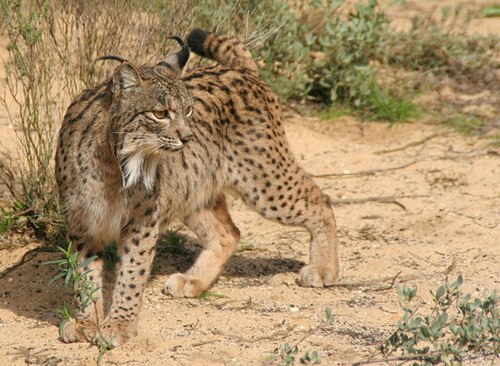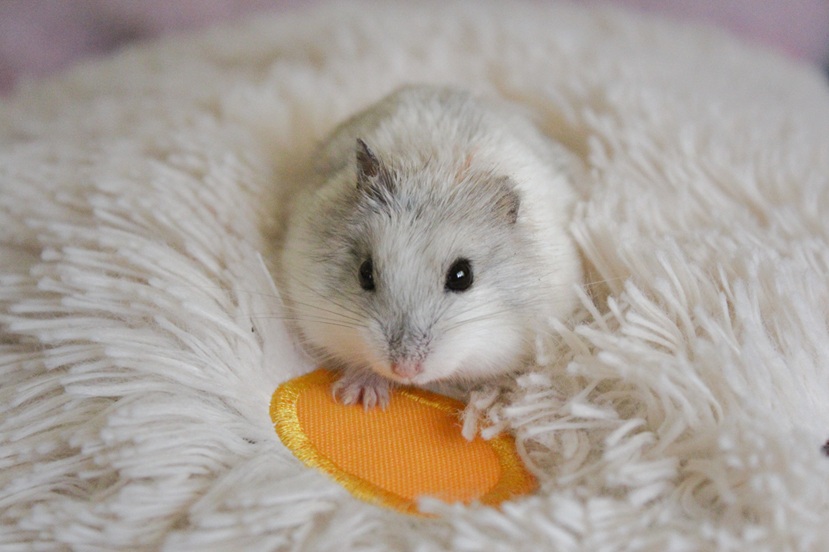Lynx pardinus

The Spanish lynx is a subspecies of the lynx, belonging to the genus Lynx in the subfamily Felinae of the family Felidae. Lynxes have longer legs than typical cats, with hairy paws and relatively large claws. They have bushy ears, a short and broad head, and fur that is tan or creamy yellow with mottled brown and black spots. The fur on their head and neck is denser, while the tips of their tail and ears are black. In winter, the lynx’s fur grows thick and soft, reaching up to 10 centimeters in length. Lynxes are 80-100 centimeters long, about 60 centimeters tall at the shoulder, and weigh 10-20 kilograms.
The Spanish lynx is internationally distributed on the Iberian Peninsula in southwestern Europe, primarily inhabiting the mountainous forests of Spain and Portugal, with a significant population in Spain’s Quetzal-Donana National Park. It mainly preys on rabbits, but also eats deer, ducks, and fish. The Spanish lynx is a solitary animal, primarily nocturnal. They typically breed in January, with a gestation period of two months, giving birth to 2-3 offspring at a time. The cubs are weaned at 5 months old and begin living independently after 7-10 months. However, they usually receive maternal care for approximately 20 months before giving birth to the next litter. Females generally reproduce once every two years.
The Spanish lynx is one of the rarest wild cat species, facing severe threats to its survival due to poaching and declining food sources. Therefore, it is often referred to as a “critically endangered” animal. The Spanish lynx is listed as Endangered (EN) on the IUCN Red List of Threatened Species.





